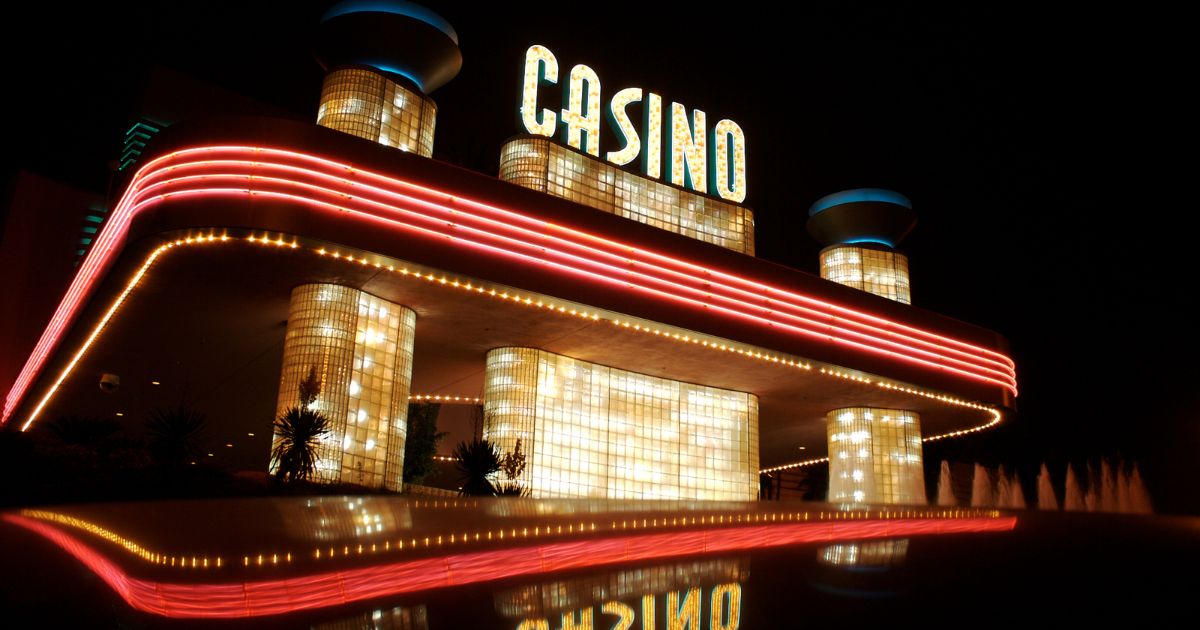
Casino experiences have long captivated the human imagination, drawing gamblers into a universe filled with chance, tactics, and the allure of adventure. Each game is painstakingly crafted not just for fun, but also to evoke particular emotional responses that keep gamblers engaged and invested. Understanding the reasons behind these designs reveals much about how psychology plays a key role in the gaming experience.
From the vivid lights and vibrant sounds to the intricate layering of guidelines and payoffs, casino games are designed to create an atmosphere of thrill and expectation. Game designers leverage psychological principles to influence participant behavior, whether through the use of winning opportunities, almost wins, or social interactivity. By examining these factors, we can better appreciate how casino games fulfill not just a need for entertainment, but more profound psychological needs for thrill and hazard.
Comprehending Player Behavior
Casino games are designed with a profound comprehension of gamer psychology, which is essential for luring and keeping players. The excitement of the game, combined with the hope of winning, establishes a powerful attraction. Game designers make use of elements like sound effects, colorful graphics, and engaging gameplay to capture attention and evoke emotional responses. These sensory experiences enhance the total environment, making players feel more attached in the game.
Another important aspect of player behavior is the idea of risk/reward dynamics. Casino games often balance high-stakes situations with the potential for substantial rewards, which can result in the occurrence known as near-miss experience. When players come within reach to winning, the brain produces dopamine, strengthening their behavior and motivating them to keep playing in quest of that elusive win. This cycle of hope and letdown plays a critical role in how games are designed and marketed.
Lastly, social factors also play a pivotal role in player behavior at casinos. Many games are crafted to be played in pairs or alongside other players, nurturing a sense of community and communal experience. The community engagement inherent in games like poker enhances enjoyment and can culminate in longer play sessions. Designers take advantage on this by designing environments that encourage players to stay, socialize, and come back, making the overall casino experience more inviting.
The Role of Imagery and Sound
Imagery and audio play a crucial role in enhancing the player’s experience within gambling games. Designers utilize vibrant colors, eye-catching graphics, and captivating animations to grab gambler’s attention and maintain their focus. The use of themes, such as exploration or luxury, helps create an enthralling atmosphere that takes players into a different world. By appealing to the senses, these elements add to a intensified emotional response, encouraging players to interact more deeply with the games.
Audio design is just as important in reinforcing the overall experience of gambling games. The combination of ambient music, sound effects for successful combinations, and environmental noises creates an auditory landscape that keeps players fascinated. Audio cues associated with victories, such as ringing bells or celebratory music, evoke feelings of thrill and satisfaction, prompting players to continue playing. These audio cues are strategically placed to enhance the excitement of the game and create a more engaging experience.
Additionally, the alignment of visuals and audio is crucial for supporting the game’s overall concept and mood. Each element should coordinate harmoniously to create a cohesive experience that draws players in. The effective use of this synergy not only enhances user enjoyment but also increases the chances of return play, as players become more invested in the captivating world that the casino games offer. This thoughtful combination of visuals and audio ultimately enhances player involvement and loyalty.
Reward Structures and Participation
The creation of gambling games greatly depends on reward systems to keep participants engaged and returning for more. vin777 These structures are rooted in behavioral principles that exploit human behavior and motivation. Participants are often motivated by the thrill of success, which is reinforced by immediate feedback through the game’s mechanics. This instant gratification not just improves the gaming experience but also fosters a sense of achievement, encouraging players to continue participating in hopes of bigger rewards.
Gaming establishments utilize various incentive systems, including jackpots, extra rewards, and multipliers, to captivate participants. These features create a layer of thrill that sustains engagement. Additionally, the unpredictability of outcomes plays a crucial role in keeping attention. The intermittent reinforcement schedule, where successes are unpredictable but happen often enough, keeps participants on edge and motivated to keep playing. This loop of hope and expectation is foundational to the effectiveness of casino games.
Furthermore, social elements, such as competitive events and collaborative options, enhance the engagement factor by tapping into the desire to compete of participants. The shared experience of gaming with others can amplify the thrill of winning and create a sense of community within the casino. By combining these community elements with effective reward systems, casino games don’t just provide entertainment but also foster a deeper connection among participants, reinforcing their loyalty to the gaming experience.
